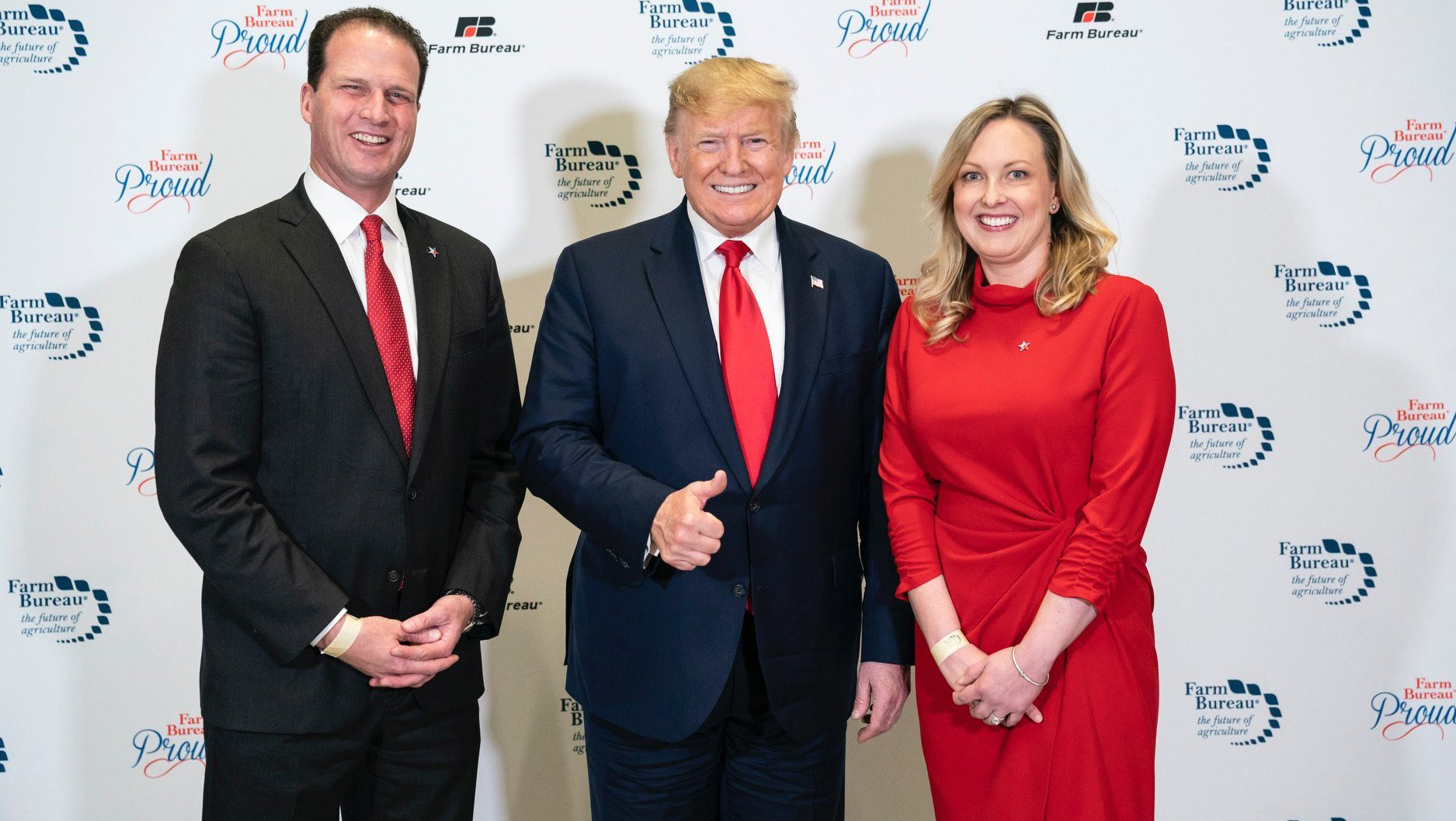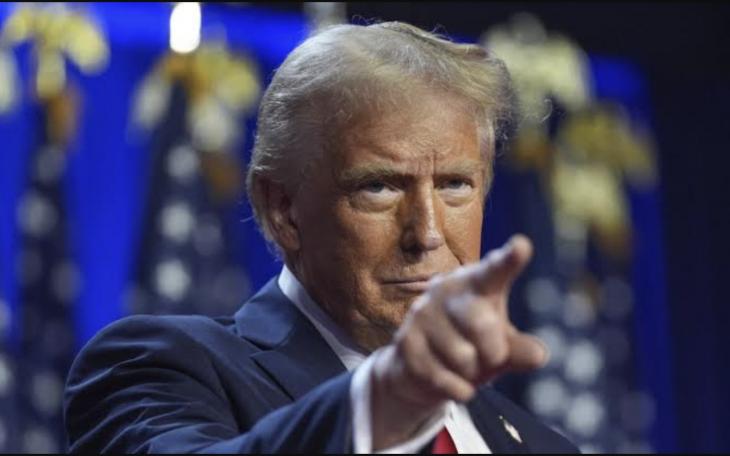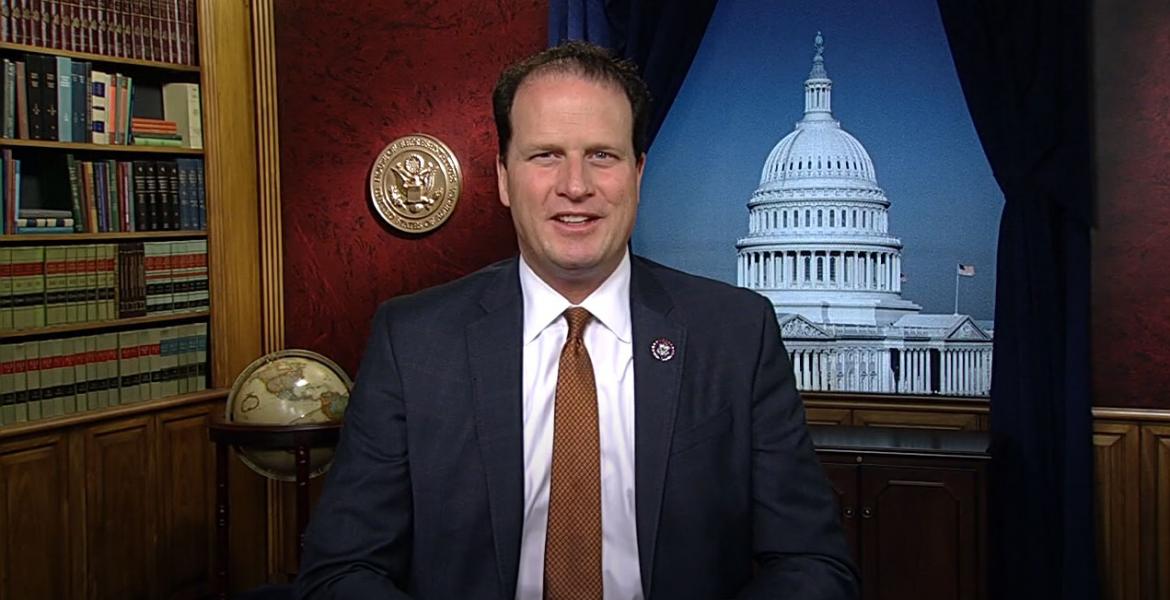SAN ANGELO, TX — As the Iowa Caucus approaches on Monday, January 15, Congressman August Pfluger (R, TX-11) has thrown his support behind former President Donald Trump. Pfluger, who had been observing from the sidelines, made his move amidst the growing momentum of Republican challengers. In contrast, his colleague, Congressman Chip Roy (R, TX-21) from Texas Hill Country, has endorsed and is actively campaigning for Trump's rival, Florida Governor Ron DeSantis. Recent polls suggest Pfluger's choice might be the safer bet.
The InsiderAdvantage Iowa Survey, conducted on January 11, shows Trump leading in Iowa with 50.8 percent. His support increases among older voters, with those aged 40-64 giving him 53.3% and those 65+ slightly higher at 53.4%. The poll, which surveyed 850 likely Republican voters, has a margin of error of 4.32%, placing Trump well ahead.
| Candidate | Poll % |
|---|---|
| Donald Trump | 50.8% |
| Nikki Haley | 16.7% |
| Ron DeSantis | 16.5% |
| Vivek Ramaswamy | 7.4% |
| Asa Hutchinson | 0.4% |
The Iowa Caucus operates differently from Texas's May 5 Primary Election. In Iowa, voters attend one of 1,600 precinct caucuses across 99 counties. After candidate presentations from either the candidate him or herself, or the candidate surrogates, votes are cast on paper, tallied manually, and reported to state party officials in Des Moines. Candidates with strong ground operations and surrogate representation can significantly influence the outcome, especially in urban areas like Des Moines.
A candidate who polls low could see an uptick in votes if that candidate successfully organizes a caucus chair and ground operation to fill each county caucus event with surrogates. However, the most amount of votes will be cast in the urban areas of Iowa such as in Des Moines, and the winner of the urban areas generally will win the caucus.
Rick Santorum squeezed out a small victory in 2012, defeating frontrunner Mitt Romney by only 34 votes and did so by working rural caucuses very hard. The victory propelled the Santorum campaign for several more months. Interestingly, only 121,501 votes were cast during the 2012 caucus. In 2016, the last contested Republican caucus, Ted Cruz was able to give life to his presidential campaign by defeating Donald Trump 51,666 (27.64%) to 45,427 (24.3%). Cruz ran a magnificent data-driven get-out-the-vote effort. Trump relied only on his emerging popularity and popular rallies broadcasted on cable news channels. Turnout was extremely high in 2016 because of the Trump effect — 186,932 voted in the 2016 caucuses and Trump still lost.
Trump rallies aren’t on CNN or Fox News this time around but there may be the perception with voters that Trump is being victimized by a politically-driven prosecution of him. The Iowa Caucus this year may offer insights to prove this true. There is more. If the last two contested Republican caucuses offer a clue, where Santorum and Cruz outperformed running strategies aimed at GOTV, there is a chance that DeSantis or former South Carolina Governor and UN Ambassador Nikki Haley will upset the poll’s prediction. However, there are reports that the Trump campaign is well organized this time with a GOTV strategy.
For Pfluger, Trump’s commanding 50.8% lead in the polls is still a safe bet, especially if the legal warfare against Trump and the Trump GOTV effort motivates his voters to attend the caucuses. For Roy, he’s not just endorsing DeSantis; he is attending and participating in DeSantis rallies. If Trump fails to meet expectations of a 30-point victory while DeSantis exceeds expectations by polling near 20%, the real winner may be DeSantis just for outperforming expectations.
The war rages on after Iowa, though. In the next contest, New Hampshire, the latest Emerson Poll released January 11 has Trump at 44% and Haley at 28%. DeSantis barely registers, coming in at 7%. Roy may be chasing windmills in a spectacular Quixotic fashion.

Rep. August Pfluger (left) with Donald Trump and Pfluger's wife, Camille (right).
Subscribe to the LIVE! Daily
Required






Post a comment to this article here: